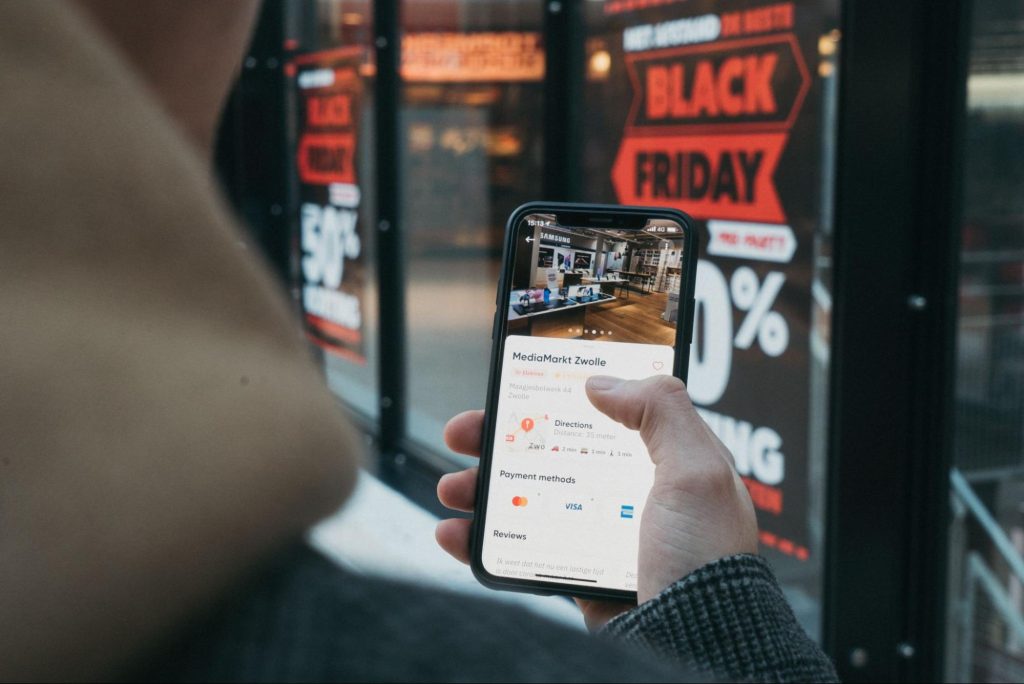Product management in retail is a complex process that can be made easier by using the right tools. The first step in the process is creating and publishing product pages, which help you communicate your goods to customers. Product pages should include all of the necessary information so that shoppers can make an informed purchase decision.
Quick Links
In this blog post, we’ll explain what types of content are necessary for a product page and how to use them to your advantage.
A short introduction to the product, including its name and logo
An introduction to the product is a must. This is because it provides an overview of what the product is and how it will help your readers. You should include the name of the company that makes this product, along with its logo. You can also start by introducing yourself and explaining why you think this particular product will be useful for your readers.
A short description should follow after this section, detailing why this particular product is better than others like it on the market right now. Include facts such as how many people have used it successfully before.
The basics of what the product does.
These are the most important elements of your product page. They tell customers exactly what they’re buying and why they need it.
For example, if you’re selling a weight loss supplement, your product description could read: “Lose weight with this natural appetite suppressant that controls cravings and curbs hunger.”
This is a great example of a product description because it gives the reader all the information they need to know about what they’re buying. It’s concise, concise, and easy to read, but still contains all the important information.
A product description should be able to answer the following questions:
-What does it do?
-How does it work?
-How long will it take for me to start seeing results?
It’s also important to keep your product descriptions short and sweet. You don’t want your readers scrolling through pages of text, so try to keep them around 100 words or less.
Testimonials from others who have used the product.
Testimonials are a great way to get people interested in your product. If you have other people saying how good it is, then more people will want to try it out for themselves. It’s much easier to sell something when there’s proof that others have already bought and enjoyed what you’re selling.
Testimonials also help build trust with your customers. When they see other people praising your product or service, they’ll feel more confident about buying because they know others have had a positive experience with you before them.
Testimonials can be used on any kind of website, but they are especially effective on eCommerce sites where customers are shopping online and want to see what other people think before making a purchase decision. Testimonials are also very useful on landing pages where visitors are considering signing up for an email newsletter or downloading an eBook or whitepaper.
Pricing models for services and subscription plans for software
The pricing model is another critical thing that needs to be placed on the product page. You can also add extra options like special offers, discounts, or free trials to attract more customers towards your business.
Pricing models are crucial for determining how much you can charge for your products. The different pricing models which are used by businesses include:
- One-time payment: This is a one-time payment model where customers pay a fixed price once and get unlimited access to the product. It’s best suited for simple products like eBooks or white papers that don’t require any additional support after purchase.
- Subscription: A subscription-based model charges customers on a recurring basis for using the product or service. If you have an online subscription business, then you should consider offering different tiers of subscriptions with varying costs and benefits so that it can cater to different types of customers with different needs and budgets.
- Freemium: This is an attractive option where you provide an entry-level version of the product at no cost but charge premium prices for advanced features or upgrades. This helps you generate revenue from early adopters who want access to premium features before everyone else does while also widening your potential customer base by enticing new users.
Information about how customers were influential in the design of the product
The best way to make your product page stand out is to include a lot of information about how customers were influential in the design of the product they’re buying.
For example, if you’re selling a pair of shoes, you could explain that you listened to customer feedback and changed the color from blue to red. Or if you’re selling a smartphone, you could explain that you listened to customer feedback on your last model and improved the camera for this one.
You can also use customer feedback as an opportunity to show off your company’s personality by giving them something fun to read or watch.
Conclusion
The goal of your product page is to get customers to buy. You can do this by using a combination of copywriting techniques and visual design elements. When you’re creating your next product page, try following these tips to create an irresistible offer that will make customers want to buy from you.

